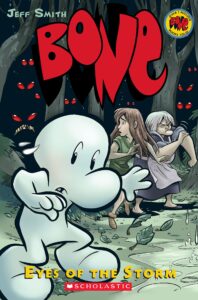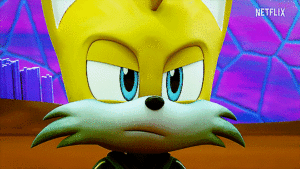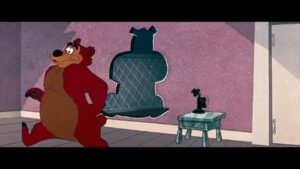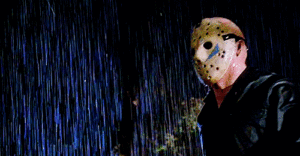Prisoners of the Sun (1948)
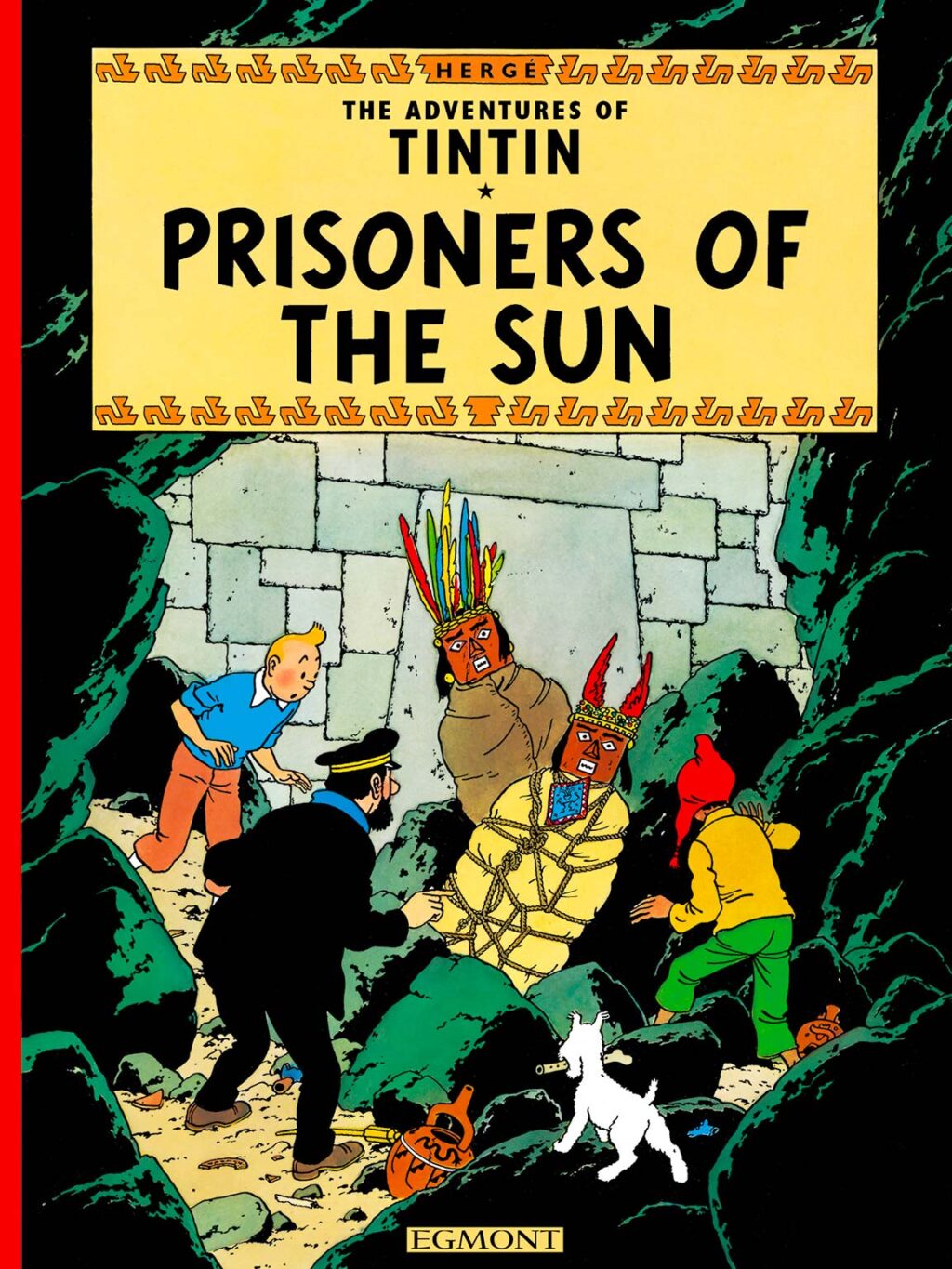
Prisoners of the Sun Review
Prisoners of the Sun is the 14th volume of The Adventures of Tintin comics series by Belgian cartoonist Herge. It was published in 1948 and it ranks among the best installments in the series.
Tintin, Snowy and Captain Haddock continue their efforts to rescue the kidnapped Professor Calculus by travelling through Andean villages, mountains and rainforests before finding a hidden Inca civilization. This installment finished off the story that was started in ‘The Seven Crystal Balls’. Whereas that entry was a mystery, this one is a spirited adventure, and it was ultimately much stronger.
A Quechua boy named Zorrino made for one of the better side characters in a Tintin comic as he was so likable. Tintin himself was expectedly brave and cunning with his plan that got them out of a sticky situation showcasing his science know-how deftly. Snowy was somewhat sidelined, but Haddock was his reliable endearing and funny self. His misadventures on the mountaintops were particularly amusing.
Speaking of said adventures, Prisoners of the Sun makes full use of Peru’s richly diverse natural landscapes. We get to visit the rainforests, the villages and even the highest mountain peaks in this story that was endearingly old-fashioned in that 19th century adventure fiction feel. The illustrations were absolutely stunning in this volume with a particularly gorgeous color palette and excellent attention to detail.
How the Incas were depicted here was actually quite interesting. They were depicted in an honest fashion, which means that they are obsessed with human sacrifice. Their ignorance of foreigners was also touched upon. But Herge still showed great respect to their culture, even going so far as to include an ending where they remain a mystery and an uncharted territory for the rest of the world in order to preserve their civilization.
I did find Tintin’s plan to use astronomy against them quite interesting and it did lead to that most memorable moment in the comic, but the problem with this plot point was the fact that the Incas were educated in astronomy, so this functioned as a plot hole in a way. But still, this plan worked in the context of this family-friendly series and the volume benefitted from excellent pacing and retained suspense throughout.
